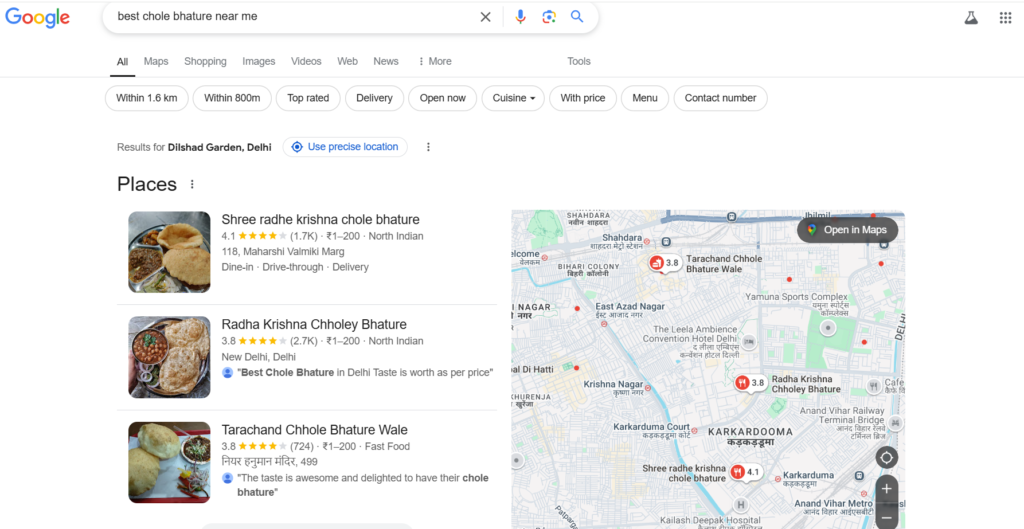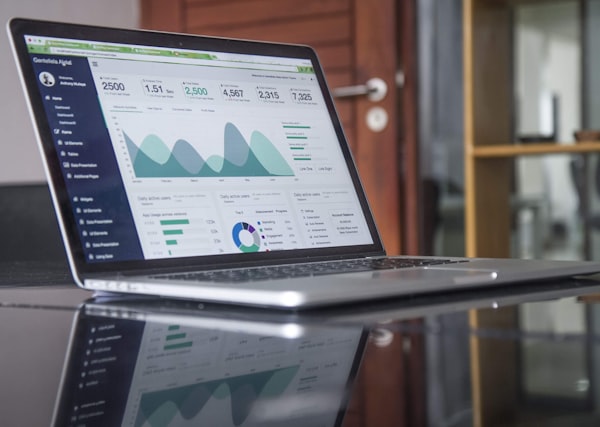If you run a small business, local SEO is the key to attracting the closest potential customers. Once you’re optimized, your online presence pops up at the top of the search list for the time the person is looking to get or receive something from this location. Whether it is about a restaurant, boutique, or plumbing service, local SEO is going to bring foot traffic, web inquiries, and sales into the doorstep of your small business.
Here are the practical local SEO hacks for small businesses to dominate in local search results.
1. Optimize Your Google Business Profile
Your Google Business Profile (GBP) is very often what people first look at when searching for your business. It’s very essential in a local SEO strategy.

Steps to Optimize :
- Claim your Profile: If you haven’t already done it, then you should claim your Google Business Profile at google.com/business.
- Fill in all fields: Business name, address, phone number, website, hours of operation, and business category.
- Add photos: Upload high-quality images of the storefront, products, or services.
- Encourage Reviews: Ask happy customers to leave positive reviews and answer each review, both positive and negative.
- Post Regular Updates: Share new things, offers, events or new produts to keep your account active.
2. Local keywords to your advantage
Local keywords rank in search queries specific to an area. Determine how your possible clients are searching for phrases involving your products or services.
How to Find Local Keywords:
- Use tools like Google Keyword Planner or Ubersuggest with keywords that include geographic modifiers: e.g. “best coffee shop in [city].”
- Check the “People Also Ask” and “Related Searches” sections on Google.
Where to Use Local Keywords:
- Website content (homepage, service pages, and blogs).
- Meta titles and descriptions.
- Headings and subheadings.
- Alt text for images.

Example: Instead of “plumbing services,” use “emergency plumbing services in Chicago.”
3. Location-Specific Pages
If your business caters to more than one location, make separate pages for each location. This increases your chances of ranking locally.
What to Include on Each Page:
- Unique content about the location.
- Local keywords and phrases.
- Testimonials or case studies from customers in that area.
- Maps, driving directions, or landmarks near your business.

Example: If you have a cleaning service company then you should expect to have pages like “New York Office Cleaning Services” and “Home Cleaning Services in Brooklyn.
4. Maintain NAP Constant
NAP is a shortened form of Name, Address, and Phone number. To succeed with the local SEO, someone has to have the same on every level on the other platforms used.
Tactics on NAP Consistency :
- Use the same format you use on your website, Google Business profile, social media, or directories.
- Spelling and outdated information verification
- Any time you make changes to information about your business, update your NAP

Consistency is what search engines and customers believe in your business.
5. Online Directories and Citations
Listing your business in online directories boosts up your business visibility and increases local SEO
Directories commonly used by small businesses :
- Yelp
- Bing Places
- Yellow Pages
- Angie’s List
- TripAdvisor (for businesses that are associated with travel and hospitality)
Best Practices :
- Make sure to have the right and accurate NAP
- Add pictures and link to your website.
- Focus on niche directories that have to do with your business (e.g; OpenTable for restaurants).

6. Optimize for Mobile Users
Most local searches are done on mobile devices. Your website must be mobile-friendly.
How to Optimize for Mobile:
- Use responsive design.
- Your website has to load in 3 seconds.
- Ensure that your contact information is click-to-call or click-to-email.
- Your navigation should be clean, and readable menus with CTAs make it easy.

A mobile-friendly website doesn’t only enhance the experience of your users but also assists your ranking on the search engine in the process.
7. Local Backlinks
Local backlinks from any other site will tell the search engine that your business is relevant to the locality.
How to get local backlinks :
- Collaborate with bloggers or influencers in the neighborhood.
- Organize a charity or some other local event and have a backlink on the website.
- Collaborate with local business groups or chambers of commerce.
- Publish guest posts on other sites or blogs that are local and provide them complimentary.

For Example : A bakery owner could partner with a blogger who specifically focuses on writing reviews of restaurants that operate locally.
8. Request Customer for Reviews
Reviews are one of the significant ranking factors in local SEO and can break or make a customer’s decision.
How to Get Reviews :
- Ask happy customers politely to write a review on Google, Yelp, or Facebook.
- Let it be easy by following up with emails with a direct link to the review page.
- Exemplary service would make people talk for your review too.
Respond to Reviews :
- Thank them for the good reviews.
- Address negative reviews professionally and offer to resolve issues.

9. Local Schema Markup
Schema markup is special coding that you can add to your website for the search engine to better understand your business.
Benefits of Schema Markup :
- More local business in local searches.
- This will offer more additional information like hours of operation, reviews, and events.

Free ones will also include Google’s Structured Data Markup Helper, to make adding schema on your site easier
10. Create Localized Content
Try to develop region-specific local SEO for your audience
Content Ideas :
- Blog post based upon news or events specific to local areas
- How-to’s on “Top 10 Attraction in [City]”
- Stories of successful cases or successes of the business from their local community.
- Videos featuring your business engagement in your local events.

Local content creates a sense of belonging and stimulates participation.
11. Social Media
Social media is also a potent driver of your local SEO strategy.
Best Practices in Local Social Media Marketing :
- Publish location-specific updates, deals, or events.
- Employ local hashtags like #SmallBusinessNYC.
- Engage with local influencers and followers.
- Request followers to check-in at your location or share your business in their posts.

12. Monitor and Improve using Analytics
Analytics measure the performance of local SEO and identify areas that need improvement.
Tools to Use :
- Google Analytics: Measures the traffic and behavior of website
- Google Business Profile Insights: Tracks searches, calls, and directions
- Rank Tracking Tools: This helps measure the local performance of your keywords.

Always reviewing analytics is optimizing your strategy for the most maximum impact.
Conclusion
Now that local SEO has arrived, small businesses can compete with big brands in their locality at virtually no cost. Emphasis on Google Business Profile, local keywords, NAP consistency, and community engagement will push one’s chances of being noticeable and attracting customers to himself. Get these hacks into your strategies today and watch your business thrive within local search results!
Now is the time to learn how to advance your game with local SEO; get optimizing and experience the differences.

